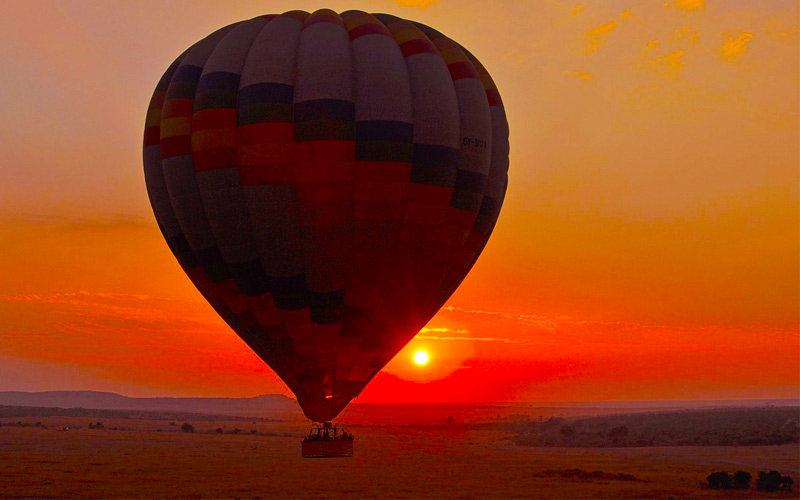Found deep in the far west of Tanzania, along the border of the Congo and nestled up against the mighty Lake Tanganyika, is the beautiful Mahale Mountains National Park.
Concealed beneath a vast canopy of trees are the inhabitants which have made Mahale famous – around 1,000 chimpanzees that call the mountains home.
I spent some time in Mahale last year following the chimpanzee troops around for a couple of weeks. It was truly a humbling and momentous occasion.
In this article, I will guide you through an overview of Mahale, the best time to visit Mahale, how much a safari to Mahale costs, chimpanzee trekking in Mahale, how to travel to Mahale and where to stay in and around Mahale.
Let's begin.
My Quick Takeaways:
Considering a visit to Mahale Mountains National Park? Here's what you need to know at a glance:
- Primate Paradise: Home to approximately 1,000 chimpanzees, Mahale offers some of the best chimpanzee-tracking safaris in the world.
- Breathtaking Landscapes: The park features lush rainforests, alpine bamboo, and woodlands rising steeply from the white sandy beaches of Lake Tanganyika.
- Aquatic Adventures: Lake Tanganyika, the world's longest freshwater lake, offers opportunities for fishing, dhow cruises, canoeing, snorkelling, and scuba diving.
- Best Time to Visit: The dry season, from June to October, is ideal for chimpanzee trekking and accessing the park's attractions.
- Remote Wilderness: Mahale's secluded location ensures an immersive and unspoiled wilderness experience, far from typical tourist paths.
Ready for a deep dive into what makes the Mahale Mountains National Park so amazing? Let's go.
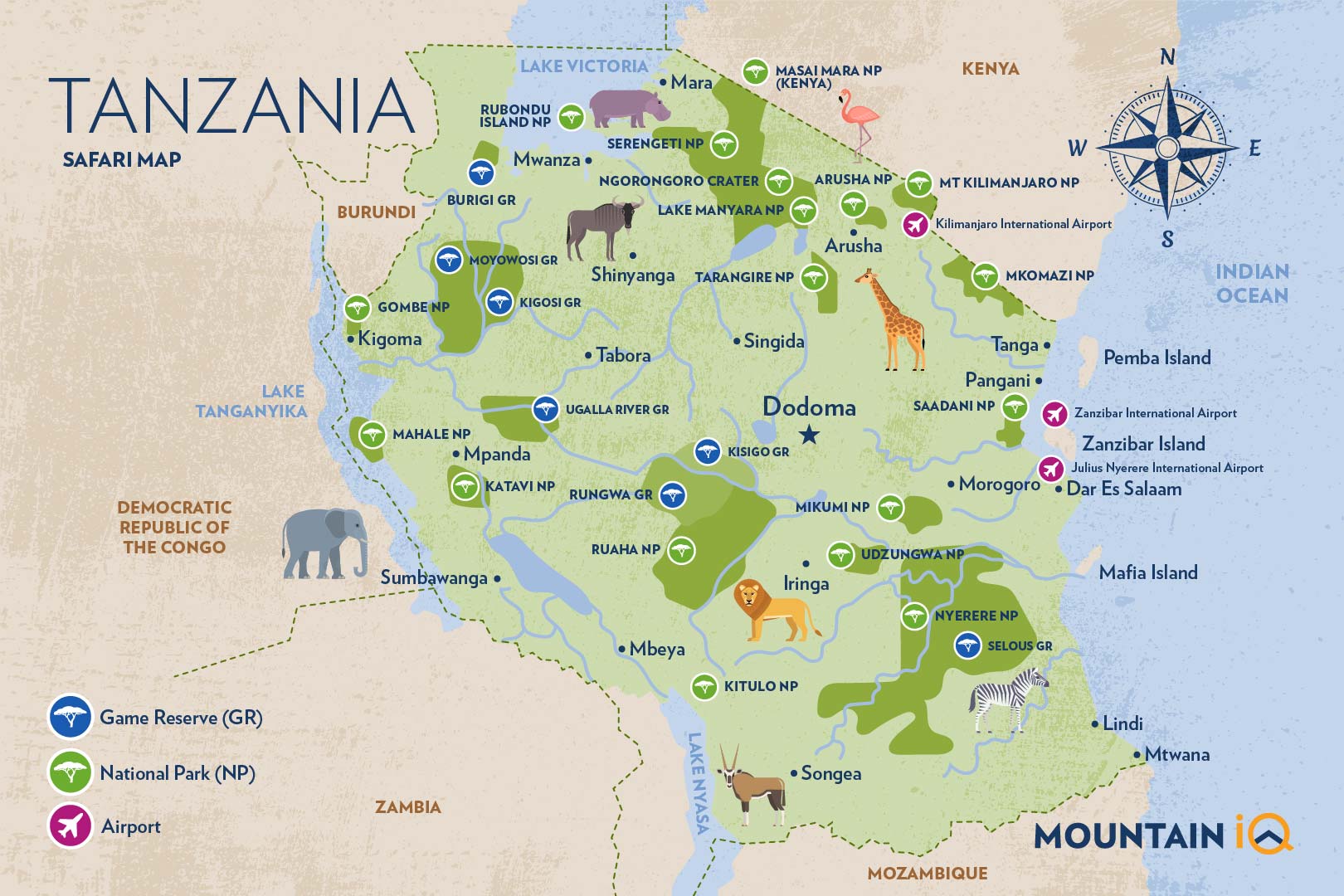
Before we dive into the Mahale Mountain National Park FAQs, it would be a good idea to orient yourself with my dynamic Tanzanian map above.
As you'll see, Mahale is on the western border of Tanzania and the Democratic Republic of Congo and located near renowned Lake Tanganyika.
Its closest neighbours are Ugalla Game Reserve and Katavi National Park with the town of Mpanda nestled in-between.
Now, let's answer your burning questions about Mahale National Park!
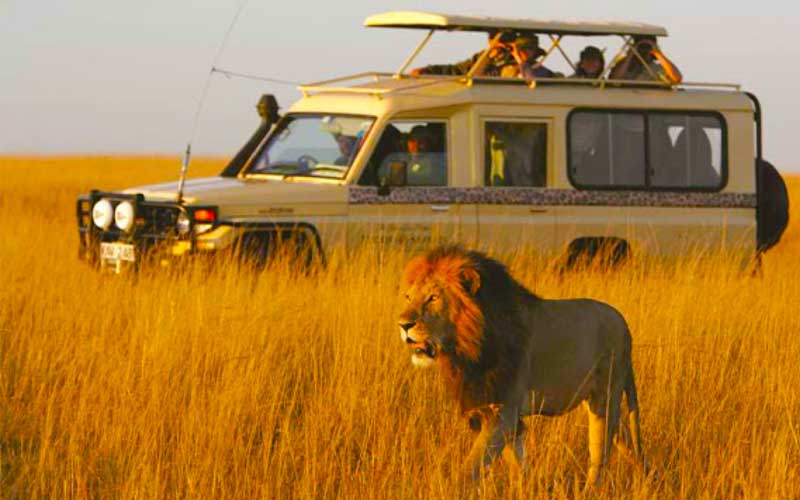
Plan your Safari experience
Check out these amazing deals on epic safari experiences now.
Mahale Mountain National Park FAQs
What should I know about Mahale Mountain National Park?
There's a lot you should know about Mahale Mountain National Park.
For starters, it's one of the largest chimpanzee sanctuaries on the African continent and in the world. Secondly, it boasts a unique landscape of lush rainforests filled with the most fascinating creatures and ecosystems.
Adding to its exceptional beauty is the fact that Mahale is incredibly remote.
Along with the neighbouring Katavi National Park, the two are the least frequented national parks in Tanzania.
As difficult as it may be to reach the park, the lack of distractions creates a truly immerse wilderness experience in this unspoiled terrain.
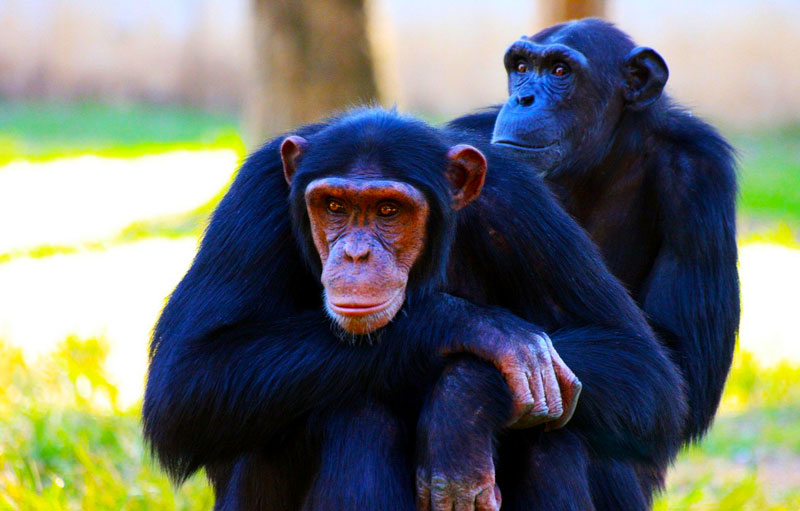
Lake Tanganyika
Lake Tanganyika is the world’s longest freshwater lake. Known for its jaw-dropping sunrises and sunsets, the azure waters of the lake are home to over 250 species of cichlid fish.
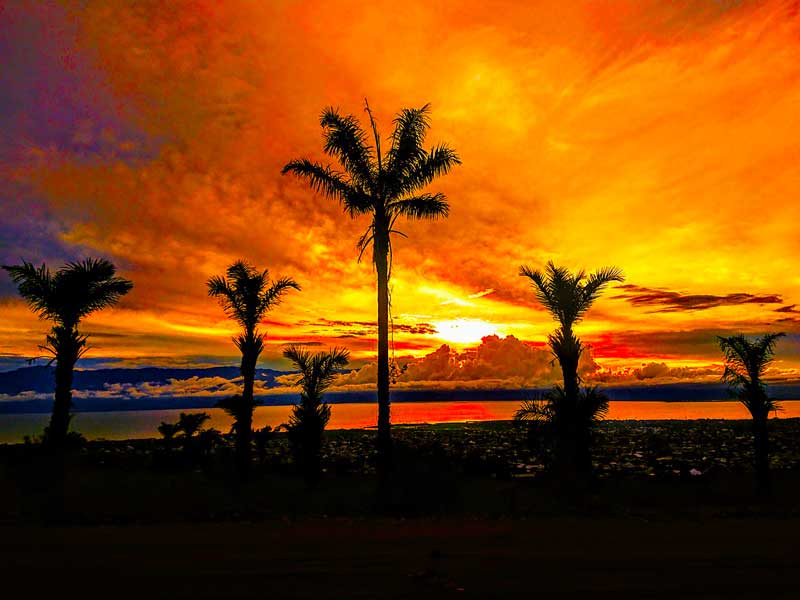
The lake is every fisherman’s dream with the option to spend tranquil days relaxing by the water’s edge. Alternatively, the adventurous can explore the pristine waters by taking a dhow for a sundowner cruise or renting a canoe.
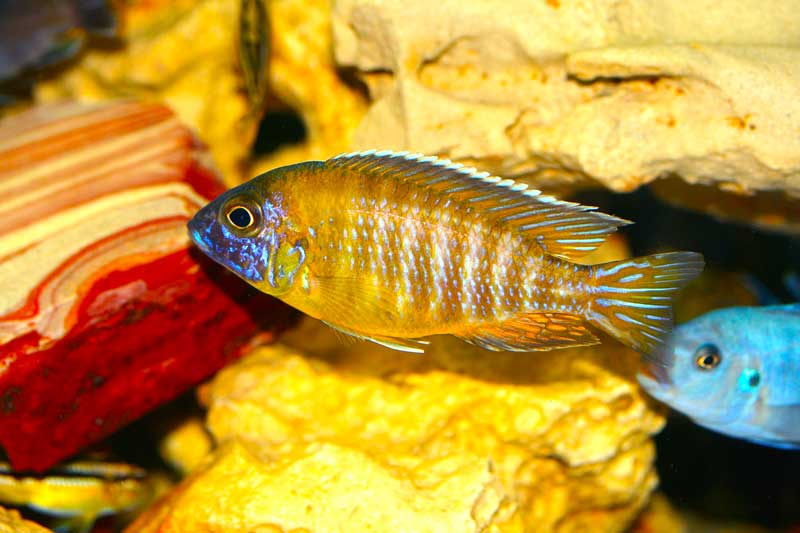
For the water babies, there’s the opportunity to either dip into refreshing, inland mountain springs or snorkel or scuba dive into the magical underwater world of the lake.
Be warned – make sure to check with locals where the safe spots are to swim as hippos and crocodiles enjoy the lake too.
Lush Rainforests
Rising steeply from the white, sandy beaches of the lake are the densely wooded slopes of the Mahale Mountains.
The lush, tropical vegetation of the rainforest hums with activity and is interspersed with alpine bamboo and woodland areas.
Created with the purpose of protecting the thousands of chimpanzees that inhabit the region, Mahale has established a reputation for itself as one of the best places in the world for chimpanzee-tracking safaris.
What makes the area especially unique is that it does not boast the usual Tanzanian safari suspects such as lions and elephants.
Instead, it is famously known for having Tanzania’s densest population of primates with yellow baboons, red colobus, chimpanzees, blue, red-tailed and vervet monkeys all frequenting the park.
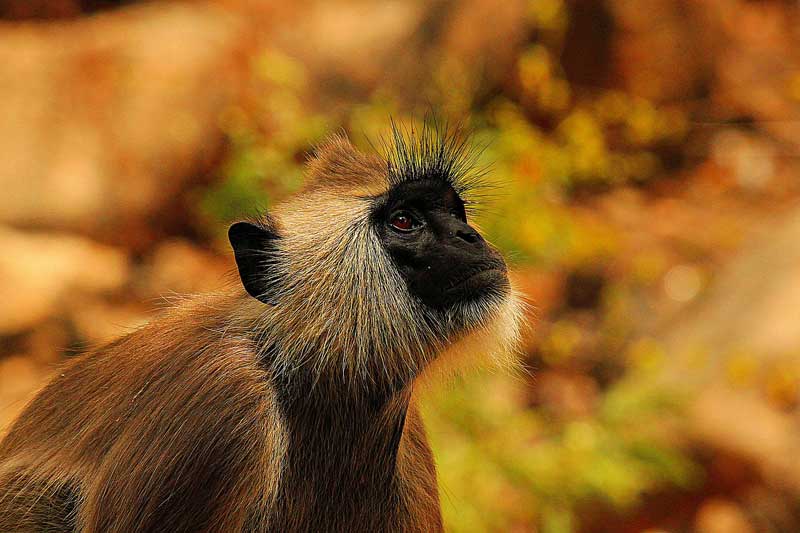
Vervet monkey
When is the best time to visit Mahale Mountain National Park?
The best time to visit Mahale Mountain National Park (like with most Tanzanian national parks) is during the dry season (June-October).
This is because Mahale is more easily accessed during this season (unlike the wet season when the roads become flooded) and it's easier to spot and follow chimpanzee troops.
With that said, the wet season (November-April) is the best time to visit Mahale when it comes to seeing butterflies and birds.
Scores of migratory birds from Africa and Europe settle in Mahale for the season. Set against the backdrop of lush rainforests and flora, birdwatching in Mahale is quite the aesthetic treat.

Plan your Safari experience
Check out these amazing deals on epic safari experiences now.
With its proximity to the equator, the park is mostly hot and humid all year round with temperatures of around 17°C (63°F) at night and around 27°C (81°) during the day.
The most notable change in the park’s climate takes place during the wet and dry seasons. See more on the best time of year to visit Tanzania for a safari adventure.
Below is a complete breakdown of the dry and wet seasons and weather you can expect while visiting Mahale Mountain National Park:
Which tour? Here are 5 Serengeti safari tours I highly recommend:
- Group Camping Safari that includes Tarangire and Ngorongoro (4 days)
- Budget Serengeti Safari (5 days)
- Scenic Northern Tanzania Safari (7 days)
- Serengeti Trail that includes Ngorongoro (8 days)
- Best of Kenya and Tanzania (incl. 6 national parks) (12 days)
See more Serengeti safari deals.
The dry season – ideal weather and best time to spot chimps
The best time of year to visit the Mahale Mountains is during the dry season, from June-October.
The sunshine provides the ideal snorkelling and swimming conditions, and the climate isn’t as humid.
Another major plus is the reduced chance of catching malaria with fewer mosquitoes during this time.
Expeditions to see the chimps are also most fruitful during this time, especially towards the back end of the dry season (August-October).
The chimps are normally closer to shore and forest paths, which makes looking for them easier to negotiate.
The month of May usually signifies the end of the rainy season with occasional showers. From June onwards rain is very rare.
The temperature at night dips slightly (especially in June-August), but only to about 14°C (57°F). October marks the gradual return of humidity and occasional rainfall can start to be expected again.
The wet season – lush vegetation, butterflies, and best time for birdwatching
This season is renowned for its high humidity. It generally doesn’t rain throughout the day, but thundershowers can be expected most days.
A visit in the rainy season (November-April) can also be memorable as the forest abounds with everything from excess fruit to electrifying blue butterflies and forest birds.
Migratory birds make the Mahale Mountains their seasonal home during this time as they arrive from Europe and Northern Africa.
Afternoon thunderstorms often light up the lake during this season and make for excellent photographs.
A downside of the wet season is that foliage in the forest becomes slippery and harder to navigate.
The chimps also become harder to spot as they move to higher ground. The humidity of this season may be unpleasant for some travellers and careful malaria precautions should be taken.
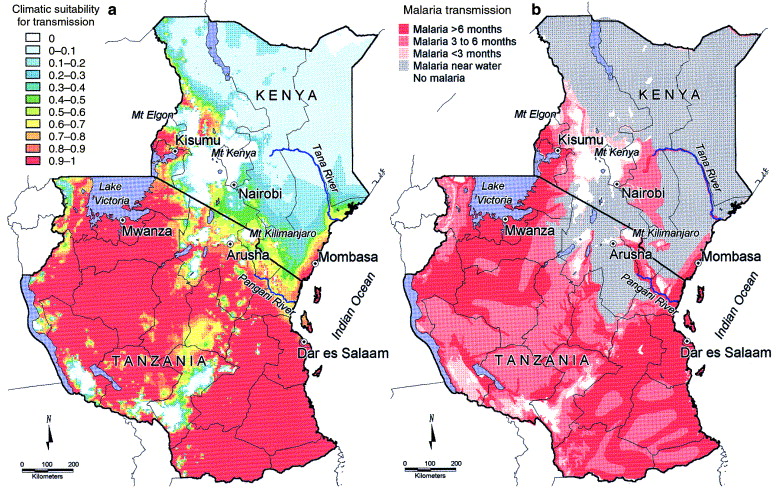
My Pro Tip: Malaria is a risk in Tanzania, so consult your doctor about medication options before setting off. Make sure to pack a first aid kit with necessities including band-aids, headache tablets and diarrhea medication.

Plan your Safari experience
Check out these amazing deals on epic safari experiences now.
How much does a Mahale Mountain National Park safari cost?
A safari to Mahale Mountain National Park typically costs $500 per person to $2000 per person. These expenses often include entrance fees to the park, accommodation, meals and specialised tours like game drives or chimpanzee trekking.
Because Mahale is a small national park and in a remote location, most tourists like to combine tours with neighbouring national parks like Katavi and Ugalla. It would be a good idea to read up more on the average cost of Tanzanian safari tours before planning a safari trip to Tanzania.
Which tour? Here are my favourite Mahale safari tours:
Can I do a chimpanzee trekking safari at Mahale Mountain National Park?
Absolutely. Mahale Mountain National Park offers some of the best and most exclusive safari tours where you can specifically track chimpanzees and observe them in their natural habitat.
The chimpanzees in Tanzania make up a large proportion of the world’s wild chimps. This species can only be found in Africa, with most chimps living along the equatorial belt in the rainforest areas.
It is an utterly enthralling opportunity to get to be able to get up close with a family of chimpanzees and watch them go about their daily routine.
Visitors will look on entranced as they tumble over each other, forage for food, and swing lithely between the tree branches.
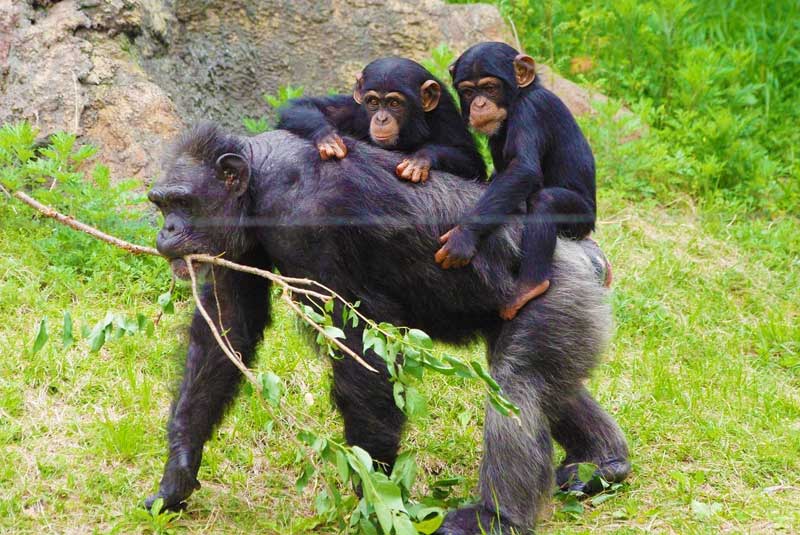
Any chimp social group is made up of a dominant male, adult females and subservient younger males and females.
The most famous group of chimps in the park is the Mimikire clan, which has been studied by various groups of researchers since the 1960s. There are approximately 56 chimps in the group.
Chimp families follow a fission-fusion social organisation, which means that the groups periodically break into smaller subgroups and then reunite as they wish – so don’t bank on seeing all 56 together at the same time.
The clan has become increasingly relaxed around humans over the years, making it an absolute treat to spend time with the chimps in close quarters.
Although it is not a guarantee to have exquisite chimp sightings, it would be extremely unlucky to not at least encounter a few on a trip to Mahale.
Chimp safaris range between half an hour leisurely strolls to more gruelling multi-hour treks to try to find the primates. If you’re lucky, some chimps can be seen from the comfort of the lodges.
My Pro Tip: Chimps share 98% of their DNA with humans and can, unfortunately, catch and be infected by human diseases. With their name on the endangered species list, the park coddles the immunity of its primates and requires visitors to don surgical masks when approaching the chimpanzees.
What is the best way to get to Mahale Mountain National Park?
The best ways to get to Mahale Mountain National Park are by air or by boat.
You can travel to Mahale by car, but Mahale (and Katavi) are notoriously difficult to reach because there aren't any official roads servicing the area.
This means that driving to Mahale will be an incredibly arduous and daunting 4×4 mission through the heart of Tanzania.
So, the more viable options are to either catch one of the many boats leaving from the towns along the lake (north of Mahale) or to travel by air.
Below is more info on how to book a flight or boat trip to reach Mahale:
Weekly Flights
Flights on small aircraft take place twice a week for the duration of four to five hours from Arusha or Dar Es Salaam, and land on an airstrip just outside the park.
Flights from Arusha in the north leave on Mondays and Thursdays, and while this is the most economical way to reach Katavi and Mahale, the price is still high.
Flights can also be chartered from Dar Es Salaam, Selous and Ruaha to and from the parks in the far west, also on Mondays and Thursdays.
All flights go via Katavi National Park, making the neighbouring reserve part of many combination packages.
The expedition to reach lodgings doesn’t end with the flight – guests that have pre-booked at the lodges will be met by a traditional dhow and make their way to their accommodation via the lake.
Otherwise, transport from the airstrip can be organised via the park headquarters.
Boats
An alternative way to enter Mahale is by catching a boat from Kigoma or one of the other settlements in the north. Multiple options are available, with charter boats (speedboats), lake taxis, ferries and the Tanapa boat (or park boat).
Charter boats take around 4-5 hours each way. Lake taxis are extremely cheap but slightly rickety and unpredictable.
Most leave from Ujiji, but one would need to get in contact with the park headquarters or the tourism warden to get a better understanding of where and when they depart.
An incredibly scenic and relaxing way of getting into Mahale is via the ferry.
While it is affordable, it is not fast – but going slow in this part of the world is never a bad thing. Lastly, the park boat can be arranged with the Gombe-Mahale Visitor Information Centre and the park headquarters.
My Pro Travel Hacks: Should your budget allow, an easier and less stressful option may be to book a planned tour of Mahale where the trip logistics are taken care of for you by guides and tour operators beforehand.
Where can I stay in Mahale Mountain National Park?
There are a few places where you can stay in Mahale Mountain National Park.
Due to the remoteness of its location and the scarcity of Tanzanian accommodation options (only three places are available), you might end up spending more money on finding a place to rest your head.
With that said, there are still a few options, ranging from budget Tanzanian safari accommodation to luxury safari accommodation in Tanzania around Mahale that suits every kind of tourist.
Nomad Greystoke Mahale
The world-famous Nomad Greystoke Mahale, sprawled along the banks of the lake, has an enchanting Robinson Crusoe atmosphere about it.
With the six units surreptitiously tucked into the treeline, Greystoke is tailormade accommodation for an intimate, romantic getaway.
A stay at Greystoke will require guests to dig deep in their pockets but comes with the benefit of all the tricky logistics being taken care of.
Mbali Mbali Mahale
The other luxury option is Mbali Mbali Mahale. Consisting of nine permanent beach tents set on a wooden veranda overlooking Lake Tanganyika, Mbali is a dream come true.
With rates being all-inclusive and slightly cheaper than Greystoke, this is a genuine contender to Greystoke’s status as number one.
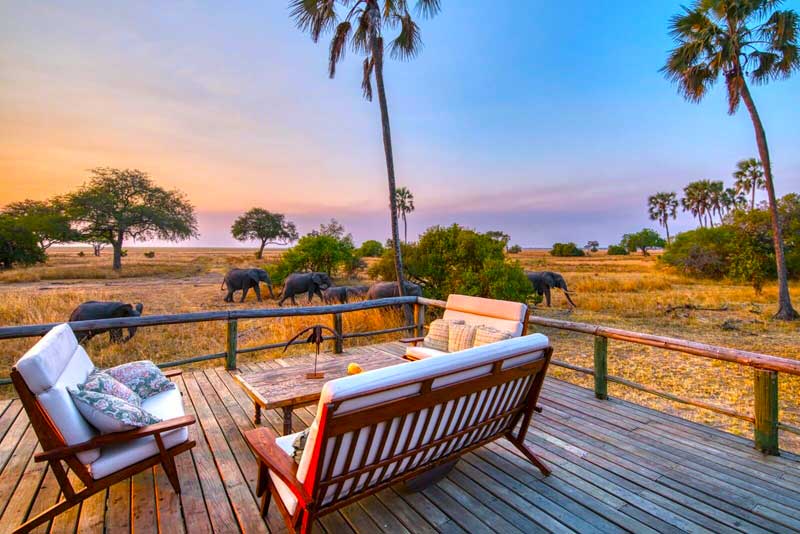
Mahale Mango Tree Bandas
Lastly, the government-run Mahale Mango Tree Bandas offer five well-equipped units. These self-catering units are a much cheaper alternative and while they would not be described as luxurious, they are well-appointed and comfortable.
The friendly and highly knowledgeable park guides also offer excellent tours to see all Mahale has to offer.
My Final Thoughts
And this concludes my review of the Mahale Mountains National Park.
Visit Mahale Mountains National Park and I guarantee that you'll have a unique safari experience worth writing home about.

